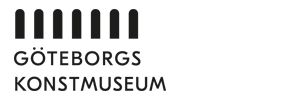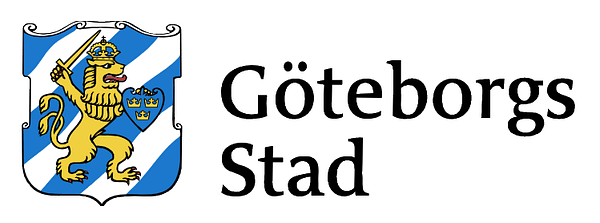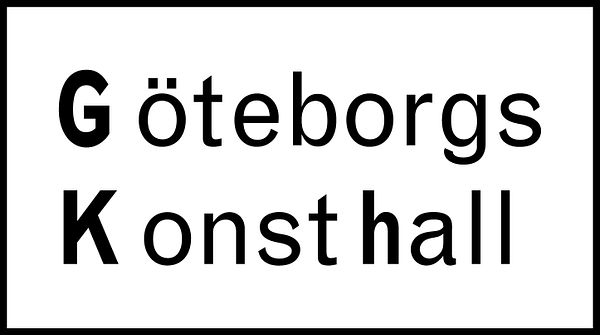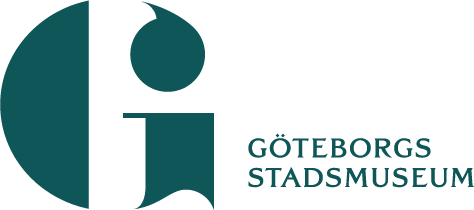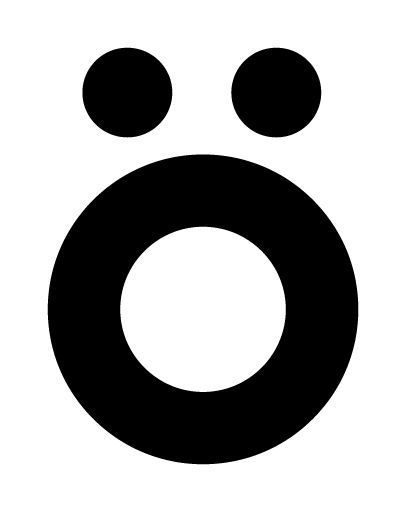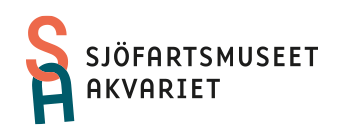Pressmeddelande -
Abstract art is explored in a new book and exhibition
The Universal Language
Post-War Abstract Art
Gothenburg Museum of Art 13 June –11 November
Austere Spanish modernism, stringent concretism, expressive Cobra paintings, and Lucio Fontana’s sliced canvas. In the research-based exhibition The Universal Language: Post-War Abstract Art, post-war abstract art is explored using the museum’s collection as a point of departure. Visually powerful works invite the viewer to take part of a deeper way of seeing, and critically reflect on what is national and international, culturally specific and universal in art.
The exhibition shows paintings, sculptures, drawings, and prints from the collection of Gothenburg Museum of Art made during the years 1945–70. Works by Swedish abstract artists such as Eddie Figge, Jörgen Fogelquist, Lennart Rodhe, and Ulf Trotzig are shown alongside international names such as Alexander Calder, Lucio Fontana, Roberto Matta, Louise Nevelson, Antonio Saura, Antoni Tàpies, and Mark Tobey.
An international language with national dialects
- Abstract art in the post-war period is conceived of as a universal language that can be understood across the globe, but it is spoken in different dialects, says Head of Research Kristoffer Arvidsson, author of the book and one of the curators of the exhibition. There is a widespread, genuine interest in other cultures, but not without romanticizing. Abstract art is connected to the landscape, as well as national art history and ideas about national character.
During the decades after the Second World War, abstraction dominated the international art scene. Abstract was a synonym for modern, but abstraction was also viewed as a universal language that brought out the true content of art, namely relations between colour and form. Even if different styles and views on art were up for debate, there was a consensus that the art of the twentieth century had to demonstrate abstraction in order to be relevant.
Abstraction explored in Skiascope 9
The exhibition is based on research published in the ninth issue of the museum’s publication series Skiascope in conjunction with the opening of the exhibition. It investigates the various ideas associated with abstraction, as well as how its position in the art world changed during the period in question.
Analyses of exhibition catalogues from three Swedish art institutions reveal the underlying ideas of abstract art. These analyses show that Gothenburg Museum of Art, Gothenburg Art Gallery, and Liljevalch’s Art Gallery during the fifties and sixties held a large number of exhibitions featuring modern abstract art from different parts of the world, something which did not occur to the same extent at Moderna Museet.
In the study of the catalogue texts, it becomes clear that there is a tension between the universal and the modern, the international and the national, centre and periphery. A recurring idea is that internationalism is an exchange between relatively stable national cultures, in contrast to the notions of trans-culturalism in the present time. During the fifties and sixties, there was a conception that modern artists all over the world took part in the development of international art with their own variants of abstract art.
The continuing history of abstraction
The dominance of abstraction was challenged during the sixties by movements such as neo-dada and pop art, which reevaluated the historiography of modernism. Abstraction was criticized for being too remote from society. Many artists still create abstract art, but its ambitions have been moderated. Abstraction is no longer the cutting edge of art, rather, it is an expression like any other. Nonetheless, modernist abstraction remains a point of reference in art today.
The exhibition focuses on abstract art of the post-war era due to its artistic qualities, but also in order to provide perspectives on the present age, which in many ways has a different view on art. The almost utopian faith in the universal validity of modernism’s abstract idiom stands in stark contrast to the present era’s more relativistic view on artistic quality.
Important conclusions of the research project
- Abstraction is regarded as synonymous with the modern. Art that is not abstract cannot evidently be accepted as modern.
- Abstraction has an interpretative prerogative in the art scene during the period 1945–60.
- Abstraction is regarded as a universal and international language, a lingua franca that distils the essence of all art.
- Even though abstraction is understood as universal and international, it is frequently interpreted on the basis of notions of nationality. National affiliation is depicted as being reflected in colour range, mood, tone, contrasts, and so on, characteristics related to the country’s landscape and nature, as well as to national character and cultural history.
- Abstraction has a stronger standing at Gothenburg Museum of Art, Gothenburg Art Gallery, and Liljevalchs Art Gallery than at Moderna Museet.
- Art from different parts of the world has a more prominent place in the exhibition programme at Gothenburg Museum of Art, Gothenburg Art Gallery, and Liljevalchs Art Gallery than at Moderna Museet.
- The idea of a problematic relationship between centre and periphery is frequently expressed in the material. Artists on the periphery should not isolate themselves, but relate to the international avant-garde. On the other hand, they should not adopt styles from the centre uncritically, but interpret and manage them independently.
Facts
The Universal Language: Post-War Abstract Art
Gothenburg Museum of Art, Stena Hall, 13 June–11 November, 2018
Curators: Kristoffer Arvidsson and Per Dahlström
Skiascope 9: The Universal Language: Post-War Abstract Art
Author: Kristoffer Arvidsson
Editor: Kristoffer Arvidsson
Publisher: Gothenburg Museum of Art
592 pages
ISBN: 978-91-87968-99-0
Kristoffer Arvidsson, Ph.D., is Head of Research at Gothenburg Museum of Art and the editor of the publication series Skiascope. His doctor’s thesis is Den romantiska postmodernismen. Konstkritiken och det romantiska i 1980- och 1990-talets svenska konst (Romantic Post-Modernism: Art Criticism and the Romantic in Swedish Art in the 1980s and 1990s, University of Gothenburg, 2008).
Press preview
Welcome to the press preview Tuesday 12 June 2018, 11–12 am
Accreditation for the press preview should be obtained Monday 11th of June by e-mail to: helene.karlsson@kultur.goteborg.se
Opening
Welcome to the opening Wednesday 13 June 2018, 5-8 pm
Contact
Questions about press material
Helene Karlsson, Communicator
+46(0)31-368 35 07, helene.karlsson@kultur.goteborg.se
About the research project and the exhibition
Kristoffer Arvidsson, Head of Research
+46(0)31-368 35 29, kristoffer.arvidsson@kultur.goteborg.se
About the exhibition
Per Dahlström, Curator
+46(0)31-368 35 17, per.dahlstrom@kultur.goteborg.se
Ämnen
Regioner
Göteborgs konstmuseum har en av norra Europas främsta konstsamlingar. Denna sträcker sig från 1400-talet fram till idag med betydande verk inom både nordisk och internationell konst. Förutom samlingen erbjuder museet utställningar, familjeaktiviteter, föreläsningar, workshops och visningar. Här finns restaurang samt en välsorterad museibutik. Samlingen omfattar omkring 70 000 verk och museet har ca 250 000 besökare årligen.
